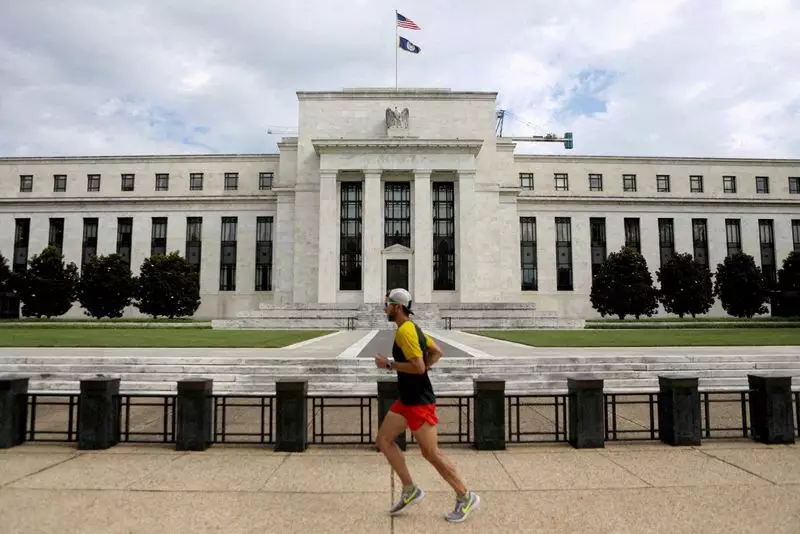The U.S. economy has shown remarkable resilience to steep interest rate hikes in recent years. Despite a five percentage point tightening cycle by the Federal Reserve between March 2022 and July 2023, the overall economy has remained relatively unaffected. Real GDP has continued to grow at an annualized rate of over 2% in the past two years, and the stock market has reached record highs. This raises questions about the effectiveness of monetary policy in influencing the economy.
Implications of Low Sensitivity
The limited impact of high interest rates on the economy suggests that the Federal Reserve may need to lower rates significantly to stimulate growth in the event of a recession. Some analysts believe that the delayed effects of higher rates can be seen in the erosion of cash reserves on household and corporate balance sheets. However, corporate borrowers have still been able to refinance their debt easily, with record debt sales totaling over $81 billion in a recent week.
There is uncertainty surrounding the transmission of monetary policy to the private sector. Yves Bonzon, the chief investment officer at Julius Baer, argues that the real economy’s sensitivity to interest rates is unusually low. This raises concerns about how asset prices will react to aggressive rate cuts by the Fed. The potential stimulation of private sector credit growth and the risk of an asset price boom-and-bust cycle are major considerations for policymakers.
The Federal Reserve faces a dilemma in deciding whether to ease interest rates to offset signs of a looming recession or to recalibrate in response to moderated inflation rates. BlackRock credit strategists Amanda Lynam and Dominique Bly highlight the importance of understanding the Fed’s intentions. If the Fed is easing to prevent a recession, it could lead to deep policy rate cuts and increased high-yield credit spreads. On the other hand, if the Fed is simply normalizing rates, credit spreads may remain stable.
Overall, the impact of interest rates on the U.S. economy remains uncertain. The current economic environment presents challenges for policymakers and investors alike, as the effects of monetary policy on growth and asset prices are unclear. It is essential for the Federal Reserve to carefully consider the implications of rate changes and their potential impact on different sectors of the economy. Investors should be prepared for continued market volatility as the situation evolves.

